Burlington Mall Launch With Sears and More
On July 29, 1968, Burlington Mall opened with a single story and three anchor stores: Sears, Jordan Marsh, and Filene's. A parking lot built for six thousand cars surrounded the complex.
Developers Herbert H. Johnson Associates and Symmes, Maini, and McKee Inc. designed the mall. Early features included a Stop & Shop supermarket, a two-screen cinema, and an indoor food court.
The land was partly leased from Vesili Matto, who agreed to a 100-year term beginning in 1965 at $10,000 a year. Bellwether Properties had first purchased the property in 1920 for just over $2,000.
Burlington Mall quickly established itself with a mix of anchors and smaller tenants that filled out the corridors. Stores like Ann Taylor and Spencer's Gifts were among the early inline brands.
Many shops that opened during those first months changed over time, but a few names remain linked to the mall since its debut.
Its location proved practical. The site sat between two exits on Route 128.
Developers worked with officials to construct a four-lane connector road that tied both exits directly to the mall's property.
That road, along with the six thousand parking spaces, allowed the center to absorb opening day traffic.
The scale reflected growing demand for suburban retail centers around Boston. At opening, the mall housed over fifty shops in addition to its three anchors.
The design centered on convenience, keeping the entire footprint on a single level while preparing for future expansion.
Burlington Mall entered New England's retail map as a new kind of enclosed complex in 1968, marked by a balanced set of anchors, local connections to landowners, and strategic highway access.
The Arrival of Lord & Taylor in 1978
By 1978, Burlington Mall had been open for a decade, and its layout was already expanding.
Developers added a new anchor wing, designed specifically to house Lord & Taylor, bringing another well-known department store into the mix.
The new addition gave shoppers a wider range of fashion and home goods, extending the mall's footprint beyond its original single-story corridors.
The decision to bring in Lord & Taylor reflected the mall's growing pull with regional customers.
By this point, its original anchors, Sears, Jordan Marsh, and Filene's, were firmly established.
The addition of a fourth department store created balance across the mall and gave visitors another destination brand.
Each anchor drew steady traffic, but the presence of Lord & Taylor helped distinguish Burlington Mall from other centers in the Boston suburbs.
Transformation in the 1980s
By the mid-1980s, Burlington Mall had been running for nearly two decades, and the push to expand its footprint took shape.
In 1988, the property completed a major project that added a second level across most of the concourse.
The construction brought in new escalators and elevators and reworked staircases so customers could move easily between the floors.
The anchors already had large multi-story layouts. Jordan Marsh operated on several levels, and Filene's followed the same model.
With the upper concourse now open, those department stores are linked directly to the new level, and dozens of inline tenants fill out the added retail space.
The design more than doubled the mall's internal flow, creating a fresh circuit for shoppers to follow from one wing to the next.
For a stretch after this renovation, Burlington Mall held the position as the largest enclosed shopping center in Massachusetts.
That ranking lasted until 2007, when Natick Mall surpassed it after finishing its own redevelopment.
Still, the 1988 expansion gave Burlington Mall more flexibility in leasing and helped it secure new national brands in the years that followed.
The second level added square footage and visibility that carried through into the next round of store changes in the 1990s and 2000s.
Filene's Demolition and Nordstrom's Arrival, 2006–2008
In 2006, the long-standing Filene's building came down to make way for a new phase of development.
The demolition cleared space for an entirely new wing, planned around the arrival of Nordstrom.
The project reshaped a large section of the property and set off two years of construction that changed the mall's tenant lineup.
By November 2007, the new wing partially opened with about 20 stores ready for business.
Nordstrom anchored the addition, introducing a department store brand that had not previously been present at Burlington Mall.
The store itself opened in 2008, joining Macy's and Lord & Taylor as the largest anchors on site.
Smaller retailers filled the surrounding corridor with names like Michael Kors, Anthropologie, Lululemon Athletica, Urban Outfitters, and Free People.
The redevelopment pulled in upscale tenants and expanded the mall's customer base.
A nearly identical shift took place at Northshore Mall, where a Nordstrom wing opened during the same period.
Burlington's overhaul delivered new space, sleeker storefronts, and anchor power designed to keep traffic flowing.
Burlington Mall in Pop Culture and Dining Trends, 2000s–2010s
In 2009, Burlington Mall appeared on screen when Paul Blart: Mall Cop used its corridors for chase scenes. The property stood in for the fictional West Orange Pavilion Mall.
Stores like KB Toys and The Sharper Image were visible in filming, though both later closed and gave way to Payless ShoeSource and Sur La Table during the following years.
The same decade saw Burlington Mall experiment with new dining concepts.
Inside Nordstrom, the Bazille café served as a sit-down option, distinct from the quick-service choices in the food court.
Chick-fil-A opened at the mall as well, becoming one of the few locations in Massachusetts before its closure in 2014.
These additions reflected a shift in how department stores and specialty brands used food service to anchor customer visits.
Burlington Mall's role as a filming location and its mix of dining and retail during this period captured a snapshot of how suburban centers evolved at the start of the 21st century.
Property Transformation, 2018–2022
Redevelopment at Burlington Mall got underway in January 2018 with construction on the site of the former Sears Auto Center.
The result was The Village at Burlington Mall, hosting over a dozen tenants specializing in beauty, wellness, and technology.
New dining options, from fast-casual to full-service, were included along with pathways that tied the addition into the main mall.
Phase II reshaped the lower level of the former Sears department store. Primark stayed upstairs while the floor beneath was divided into smaller shops and dining units.
Three new exterior entrances were created to open the space to the outside.
At the same time, a one-acre green called The Park was built, with outdoor seating arranged near restaurants and shaded walkways that offered an alternative to indoor corridors.
The last stage, Phase III, concentrated on entrances and shared areas.
Patio dining was introduced at several points, landscaping was refreshed, and the main exterior entrance was redesigned with updated finishes.
Interior corridors also received upgrades, including new lighting and seating. By late 2022, the three phases were complete.
The renovation reworked large blocks of anchor space and added new layers of outdoor and indoor areas, blending national chains like Primark with wellness providers and restaurant brands.
Lord & Taylor, which had been an anchor at Burlington Mall since its wing was added in 1978, closed all its brick-and-mortar stores in 2020.
The company filed for Chapter 11 bankruptcy in August 2020 and announced it would shut every physical location.
The Burlington Mall location remains vacant and is slated for conversion into a life science/lab space of about 120,000 square feet, pending approvals.
Burlington Mall in 2024–2025: New Stores and Redevelopment Plans
In October 2024, Burlington Mall finished a large revitalization effort that added nearly 50 new brands and eateries.
Vineyard Vines, Aritzia, and Marc Jacobs joined the roster alongside other national chains.
One month later, Simon Property Group confirmed the scope of the work as a 130,000 square foot redevelopment.
Updates included porcelain tile, wood finishes, and modern signage, and pulled together dining and wellness tenants such as Sweetgreen, SkinMD, and Caffè Nero.
These changes introduced a mix of retail and public space that carried forward the earlier transformation of the former Sears property.
In December 2024, the Burlington Planning Board rejected a rezoning plan that would have allowed up to 750 housing units and 1.2 million square feet of mixed-use development in the Mall Road area.
By January 2025, the town advanced a modified proposal, projecting $3.5 million in new tax revenue and setting conditions for future residential and commercial growth tied to mall land.
By March 2025, Burlington Mall announced 10 incoming stores and restaurants. PacSun opened in late spring, and Evereve followed with an early summer debut.
J7 Adventureland prepared an indoor play and arcade space, and dining additions included Tobu, Sergeant Burgers, Van Leeuwen ice cream, Ten One Tea House, and ChoCho Hot Pot.
Rowan, a piercing studio, and a relocated Verizon store rounded out the lineup.

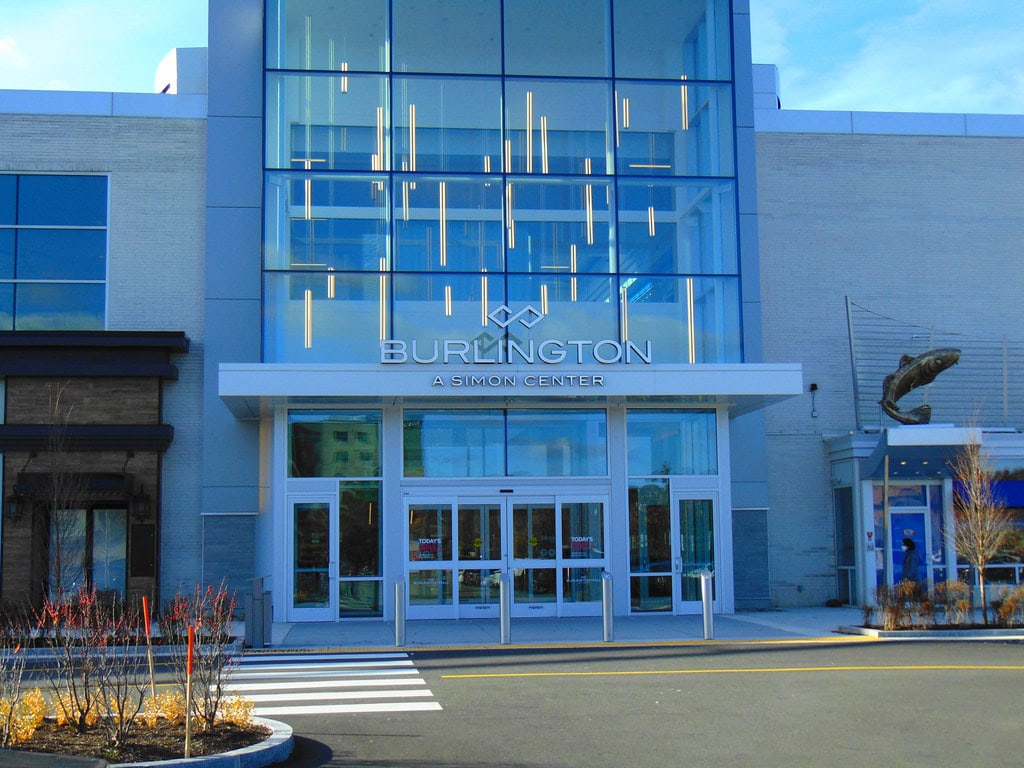
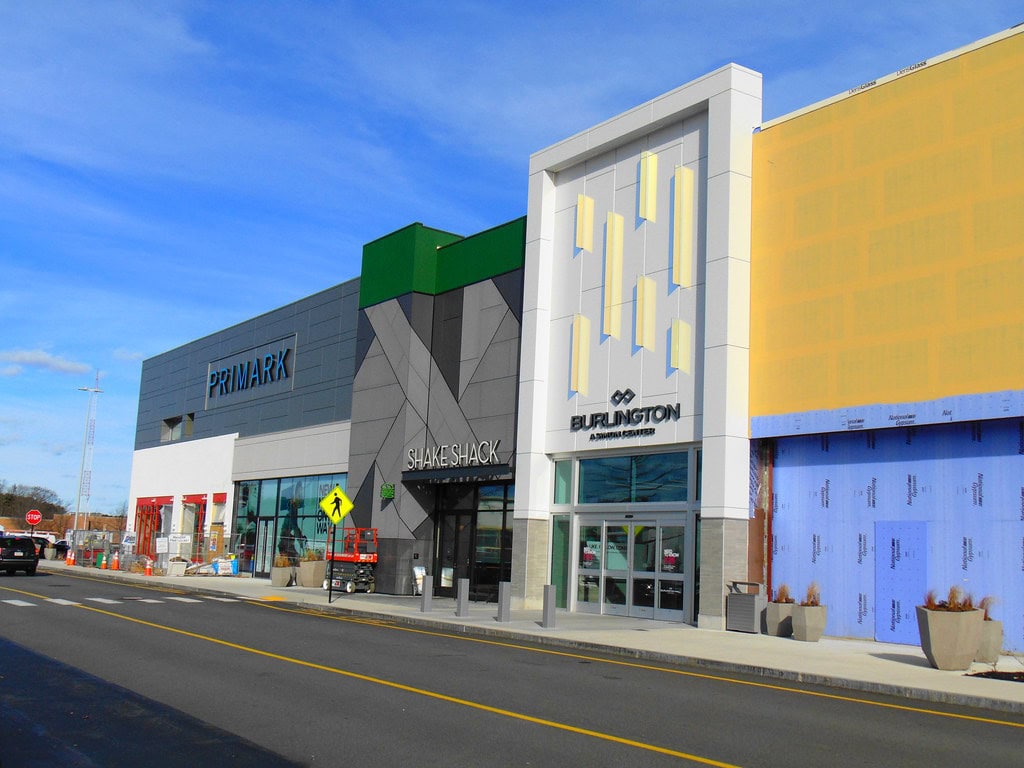
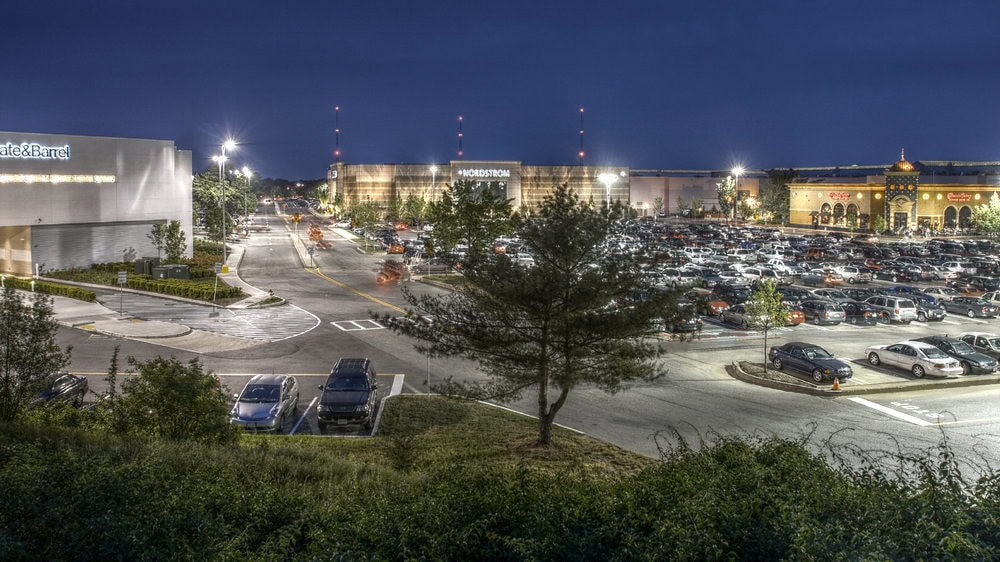
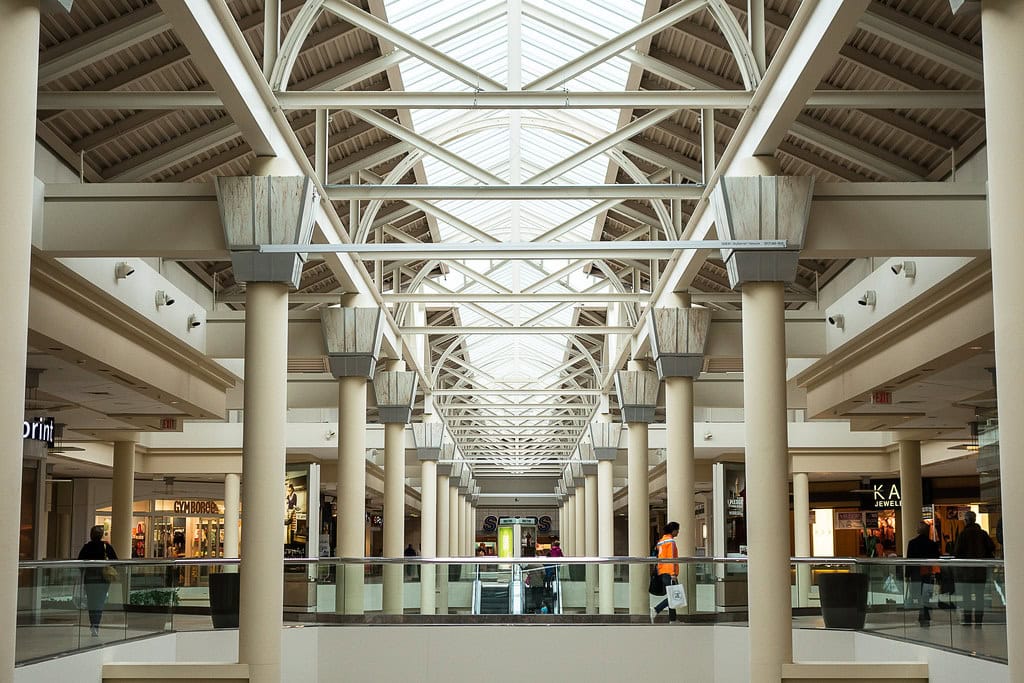
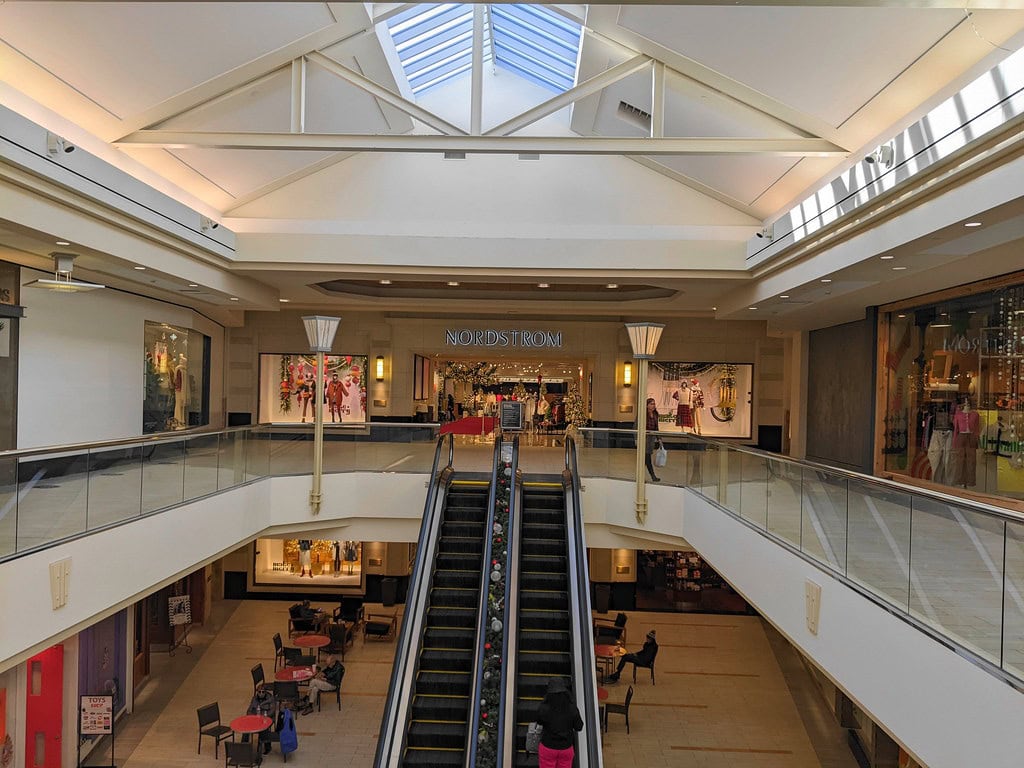
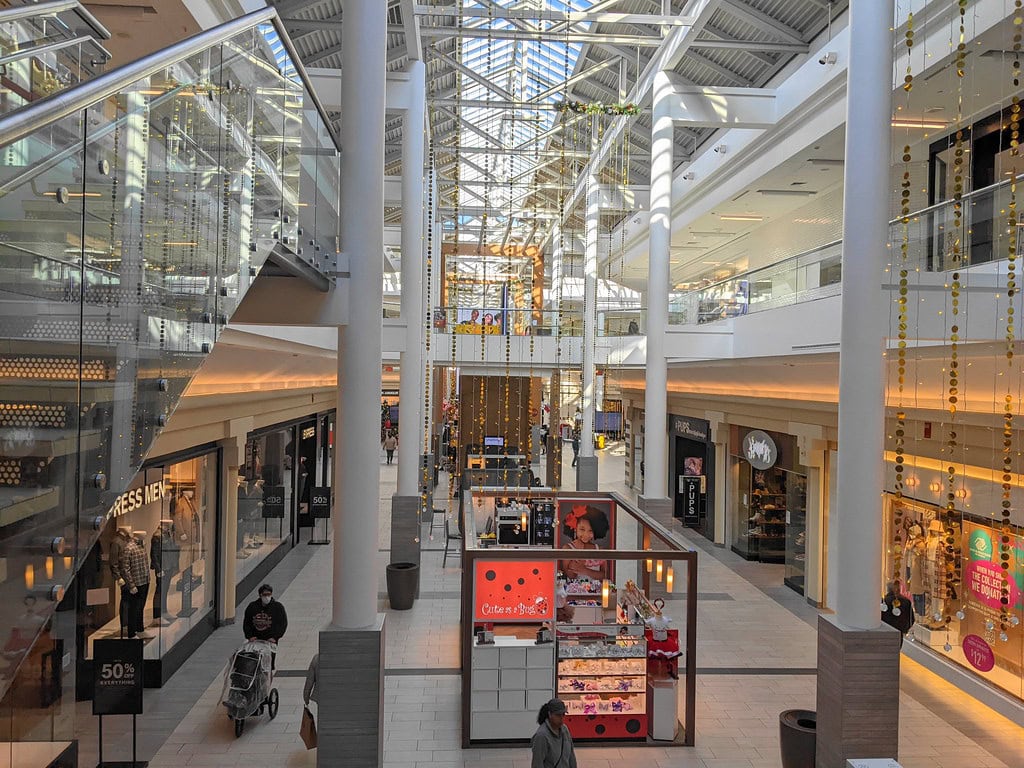
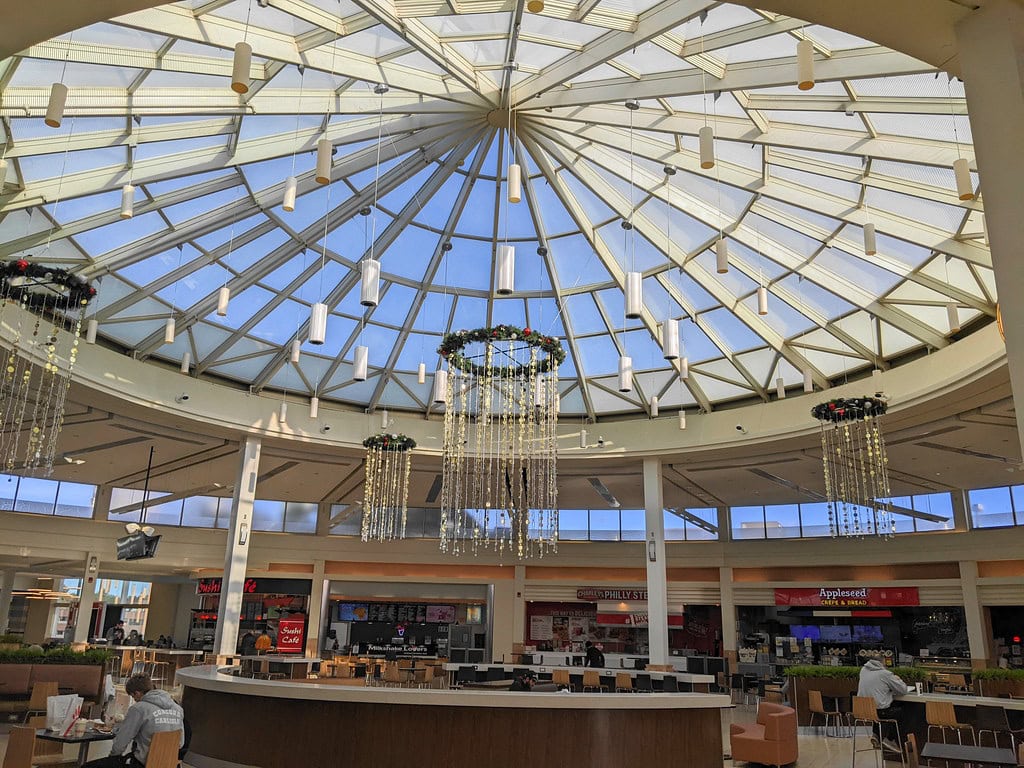
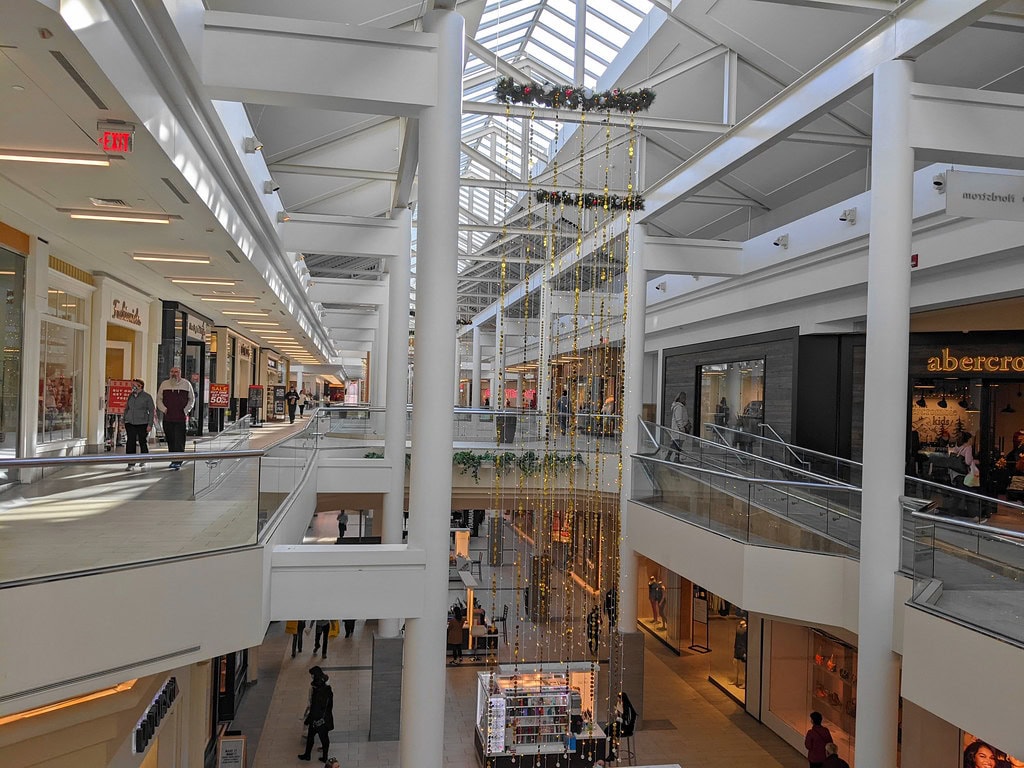
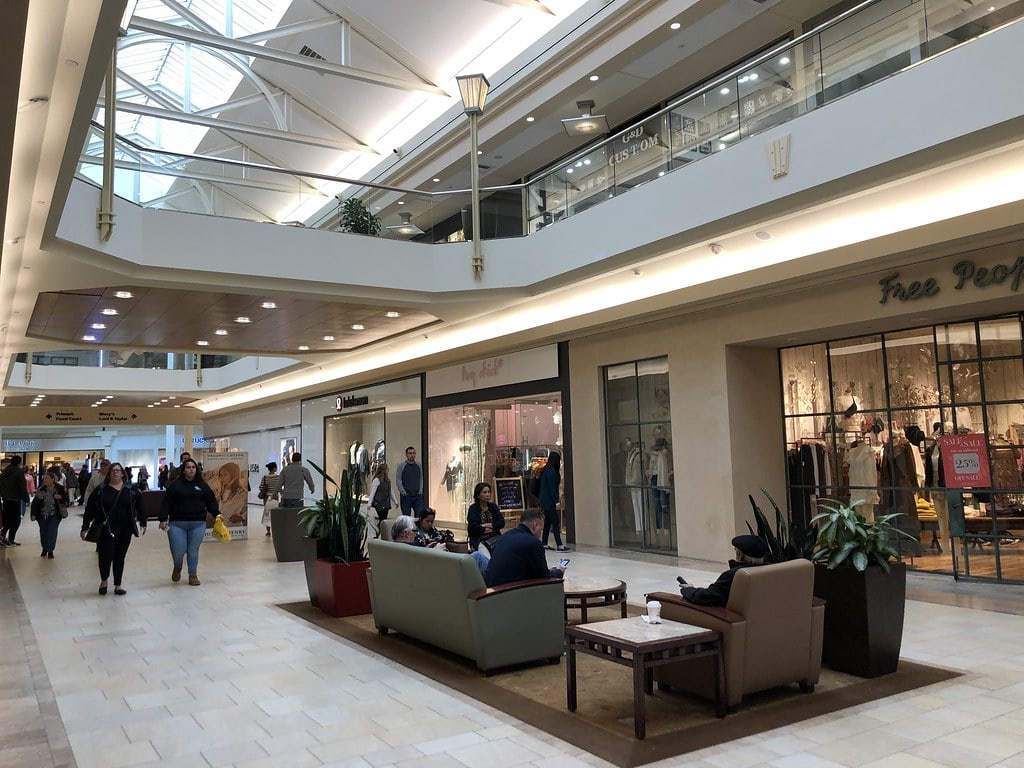
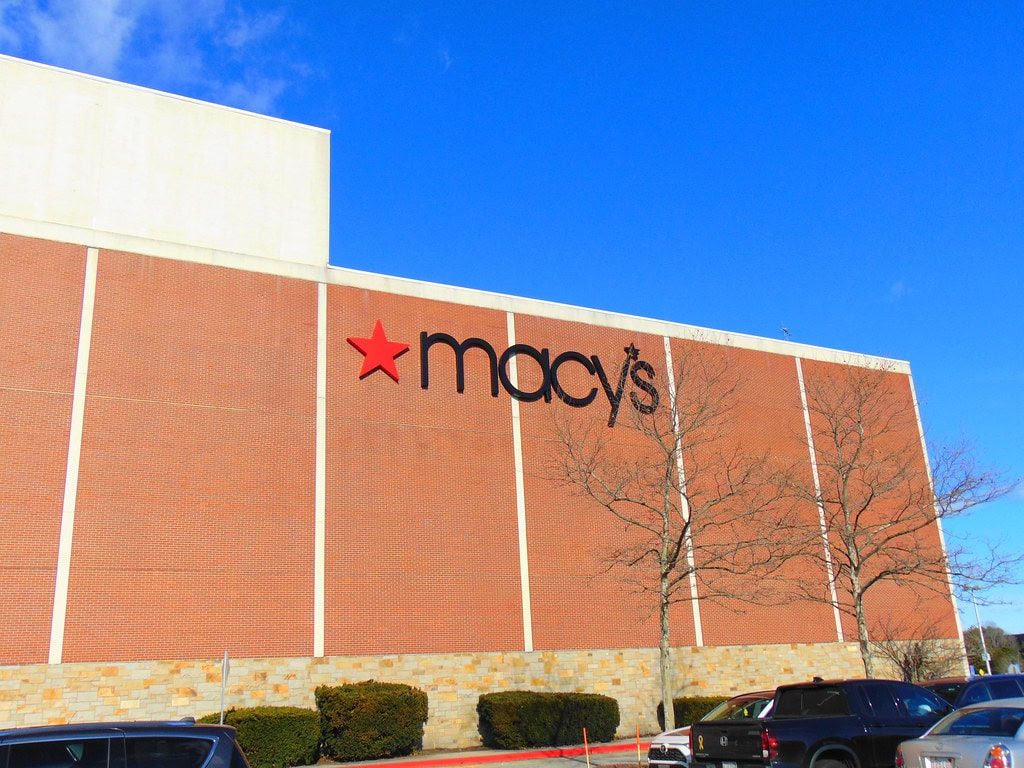
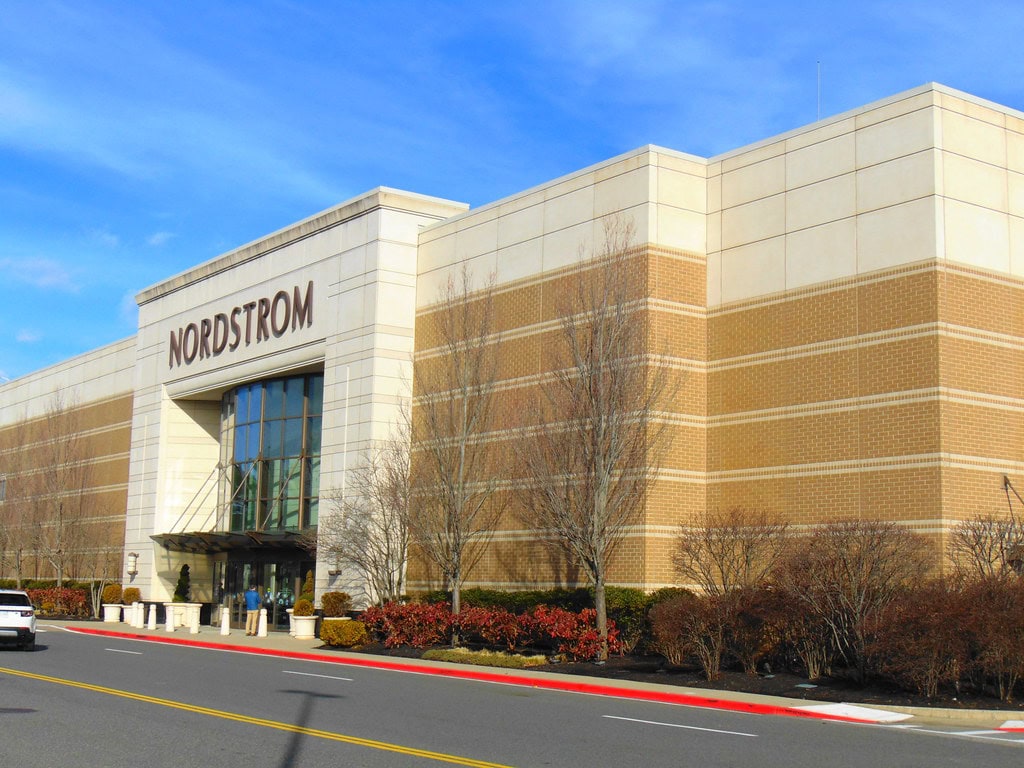
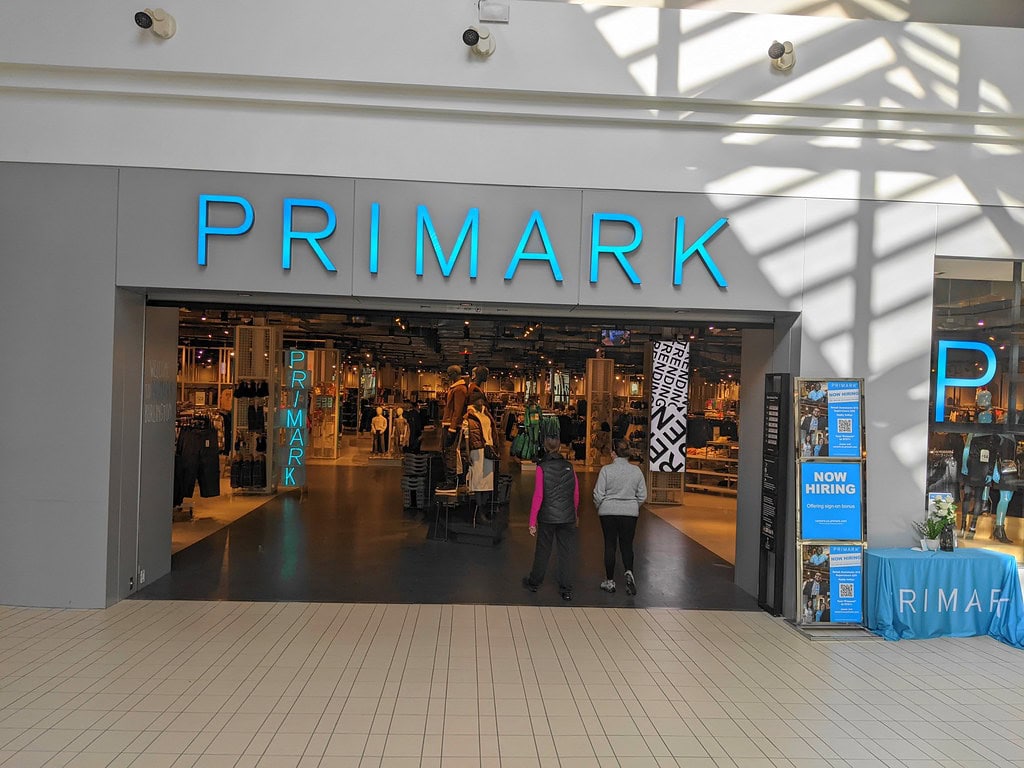
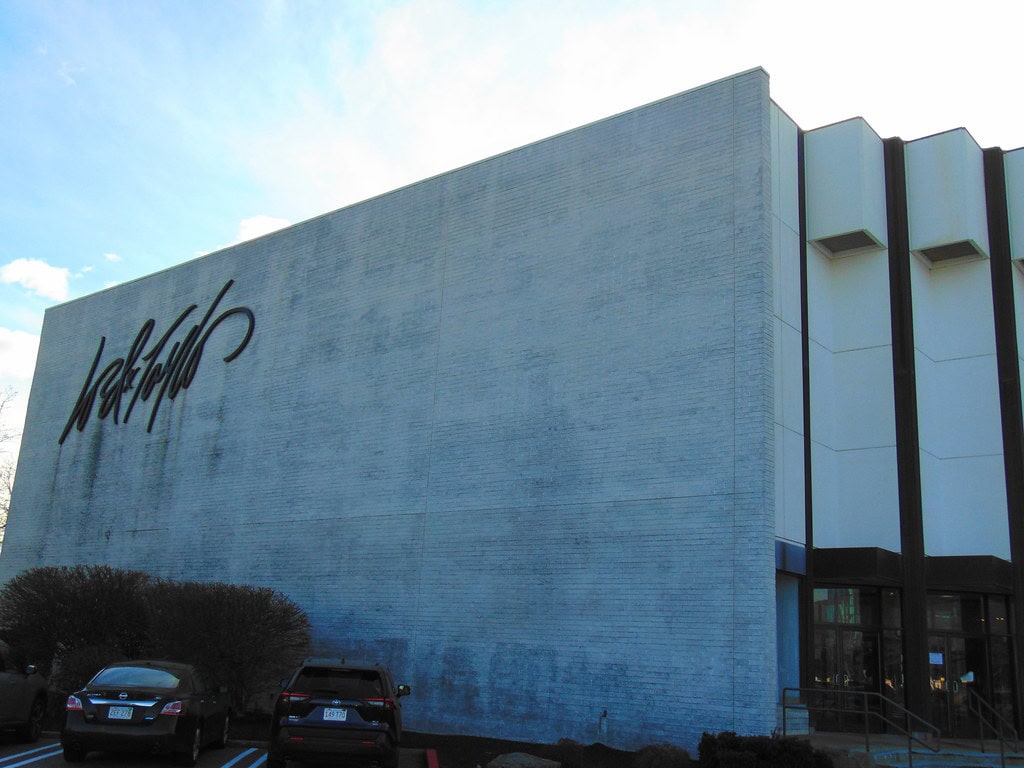
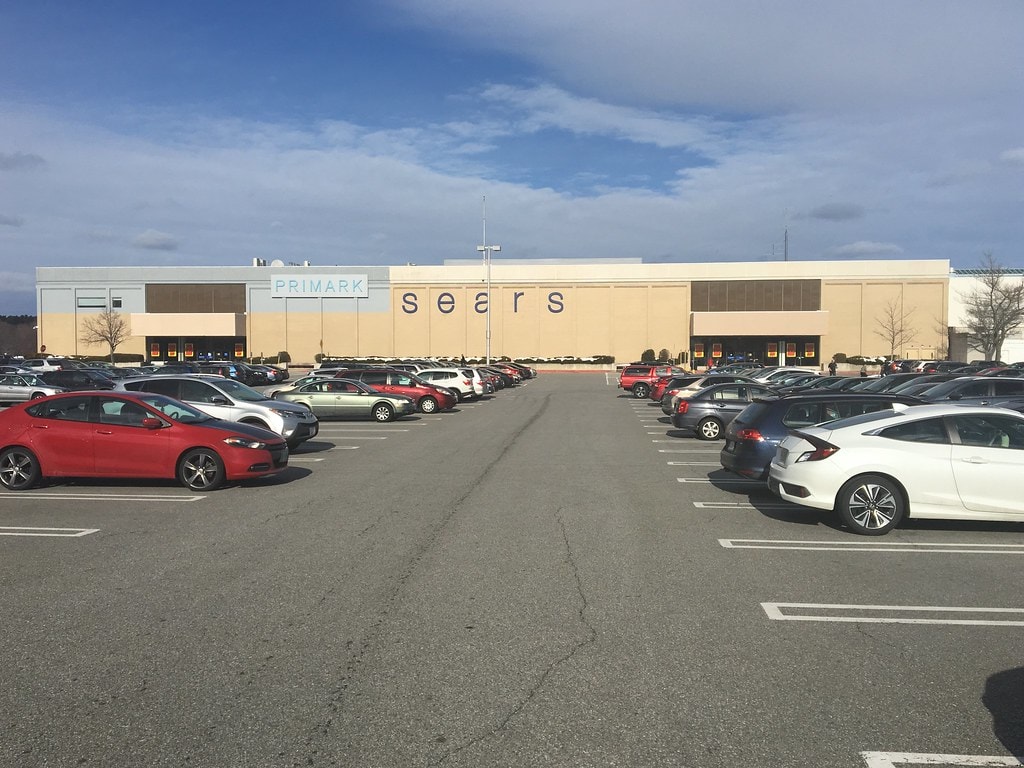
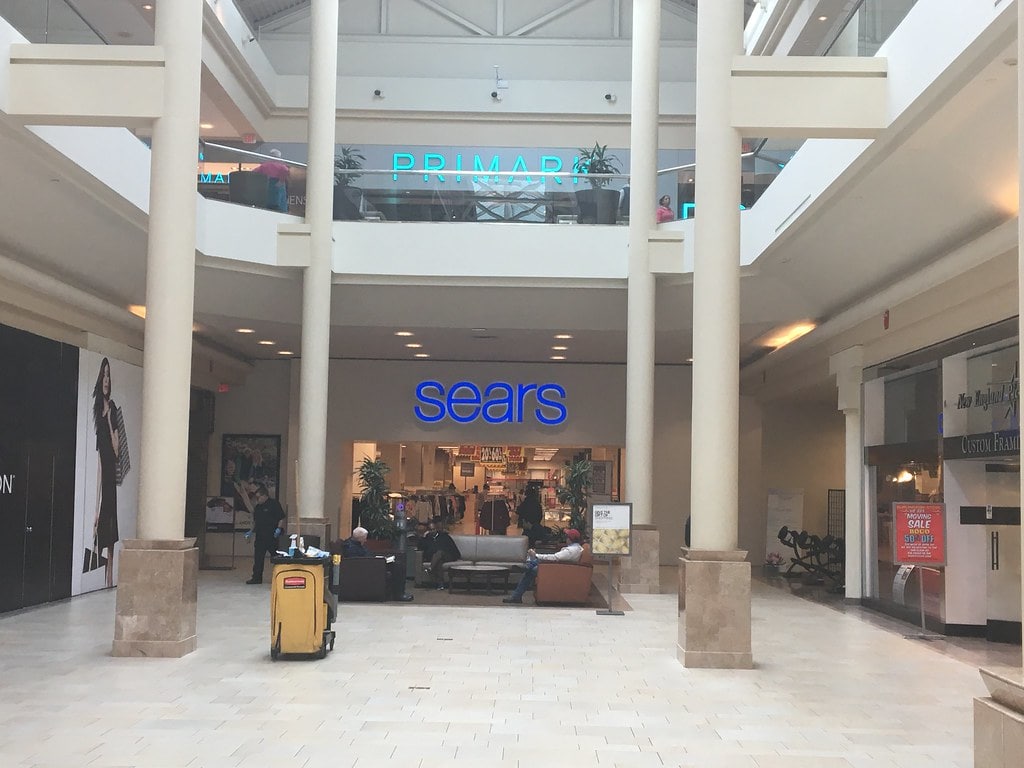
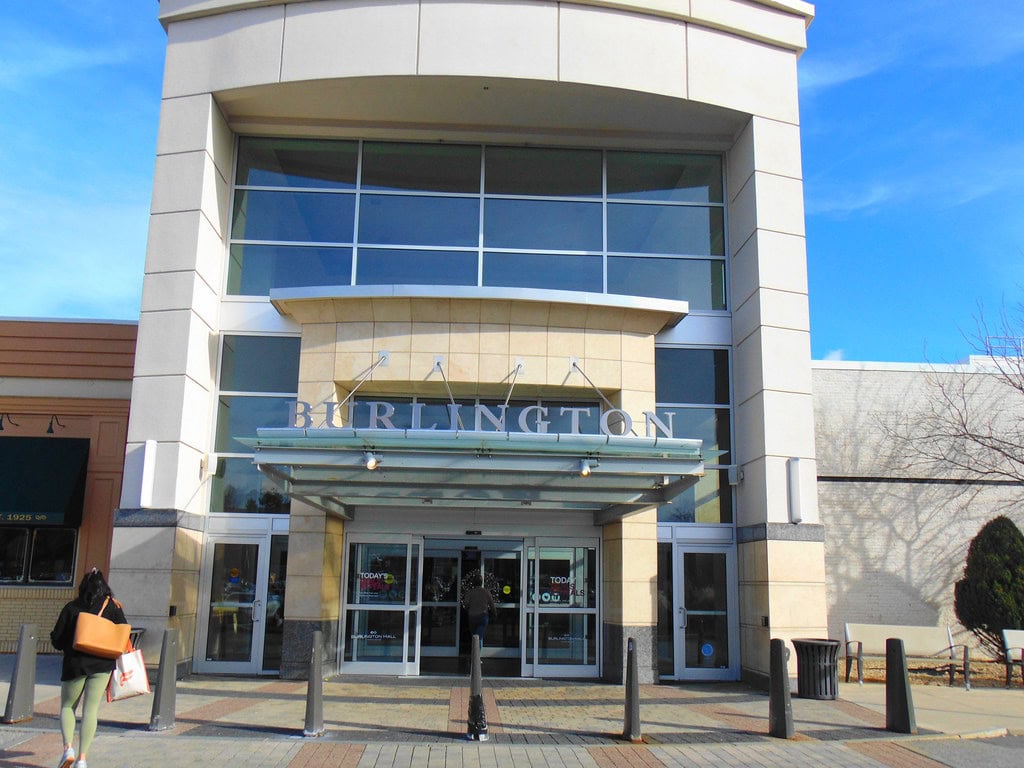
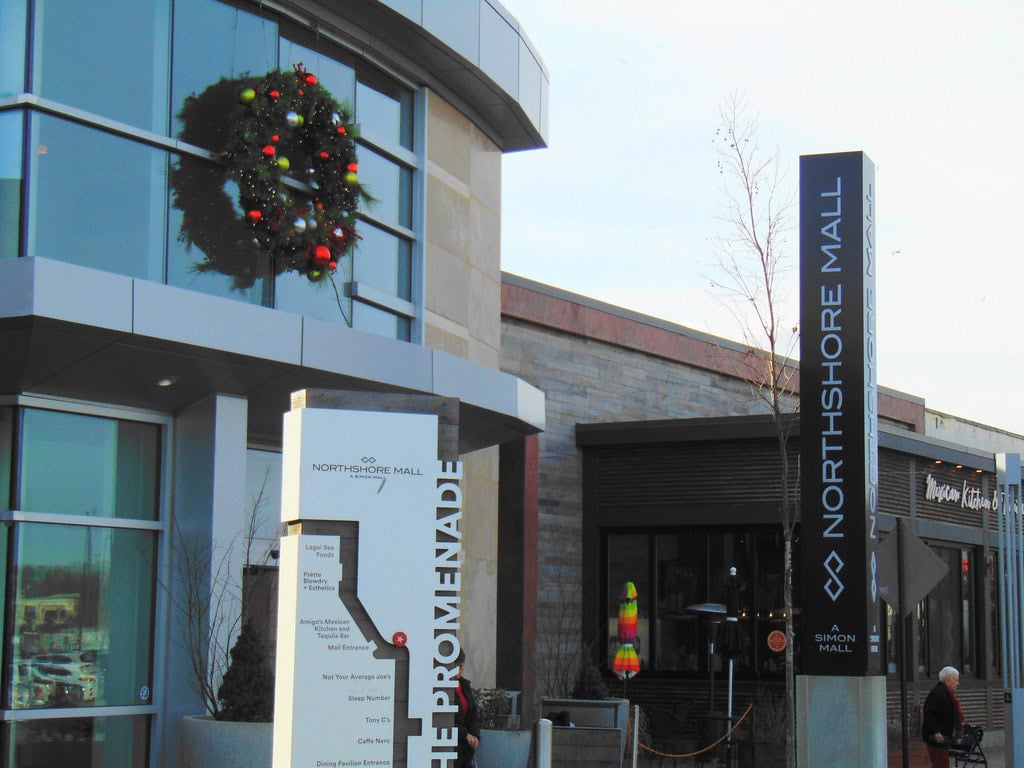
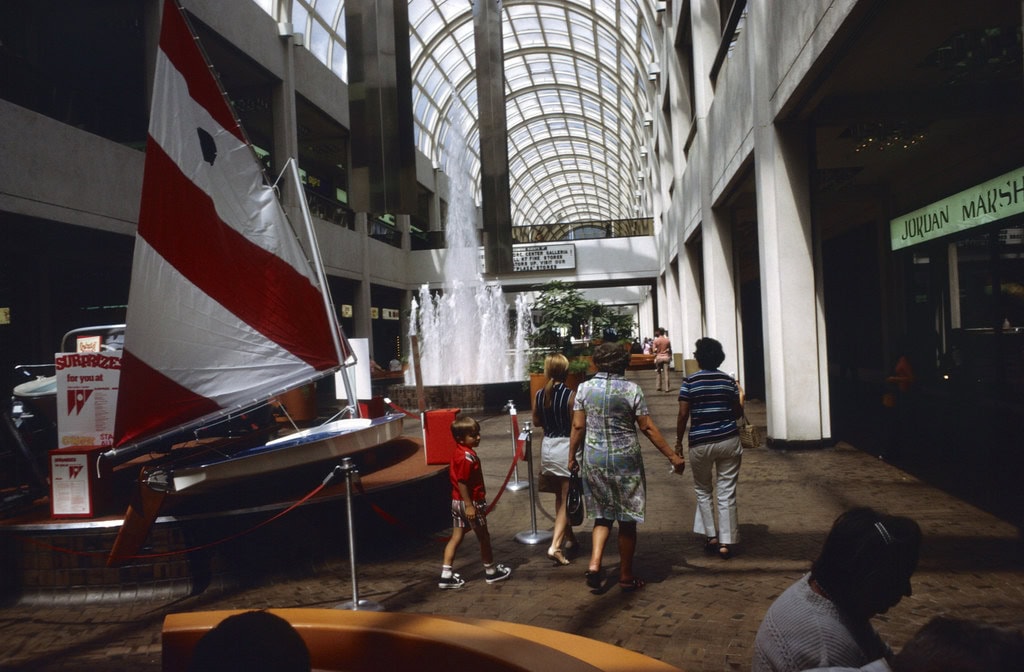
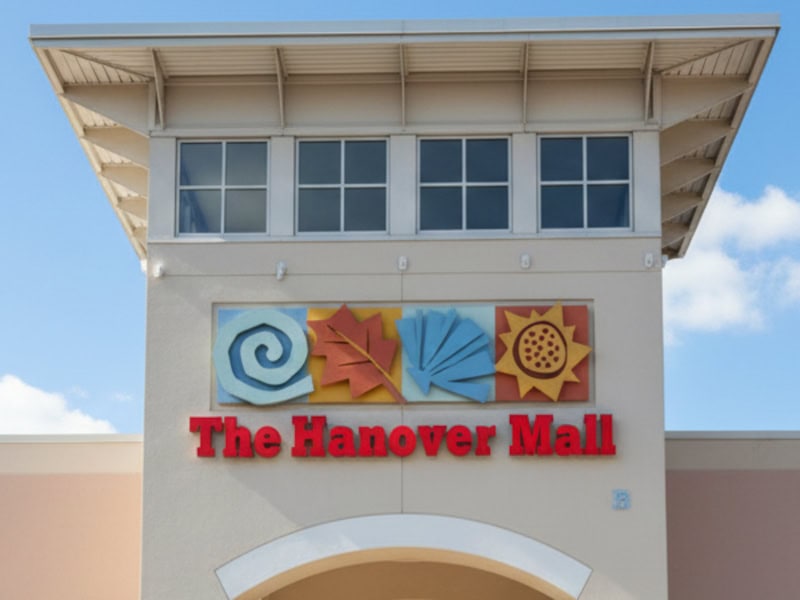
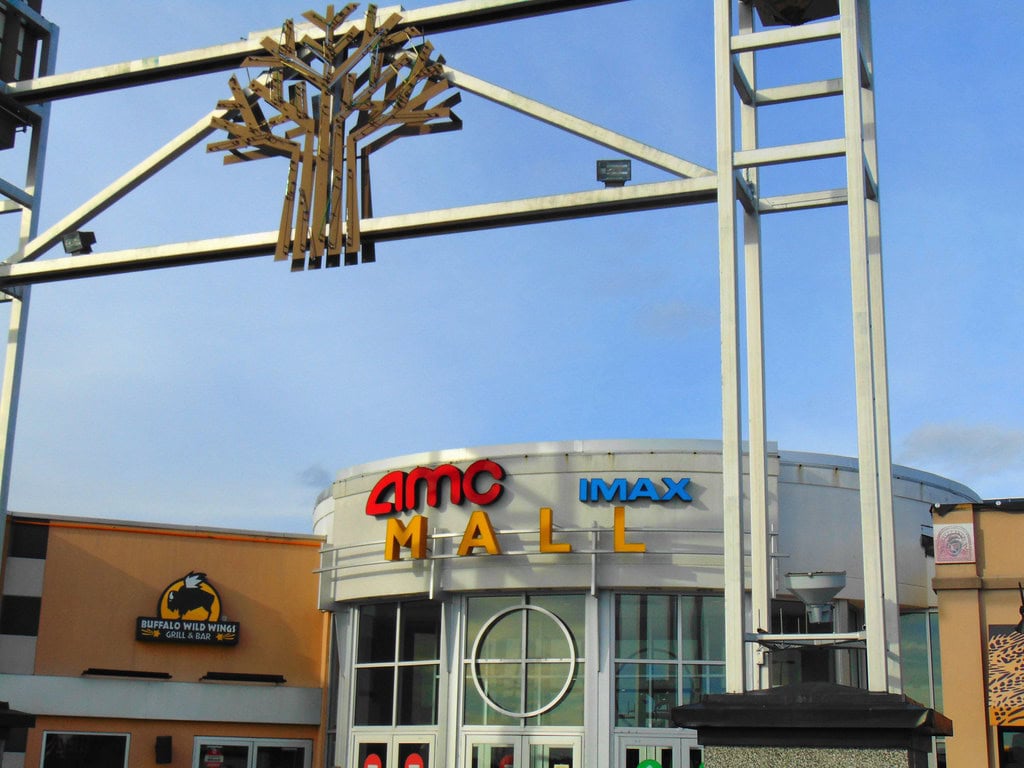
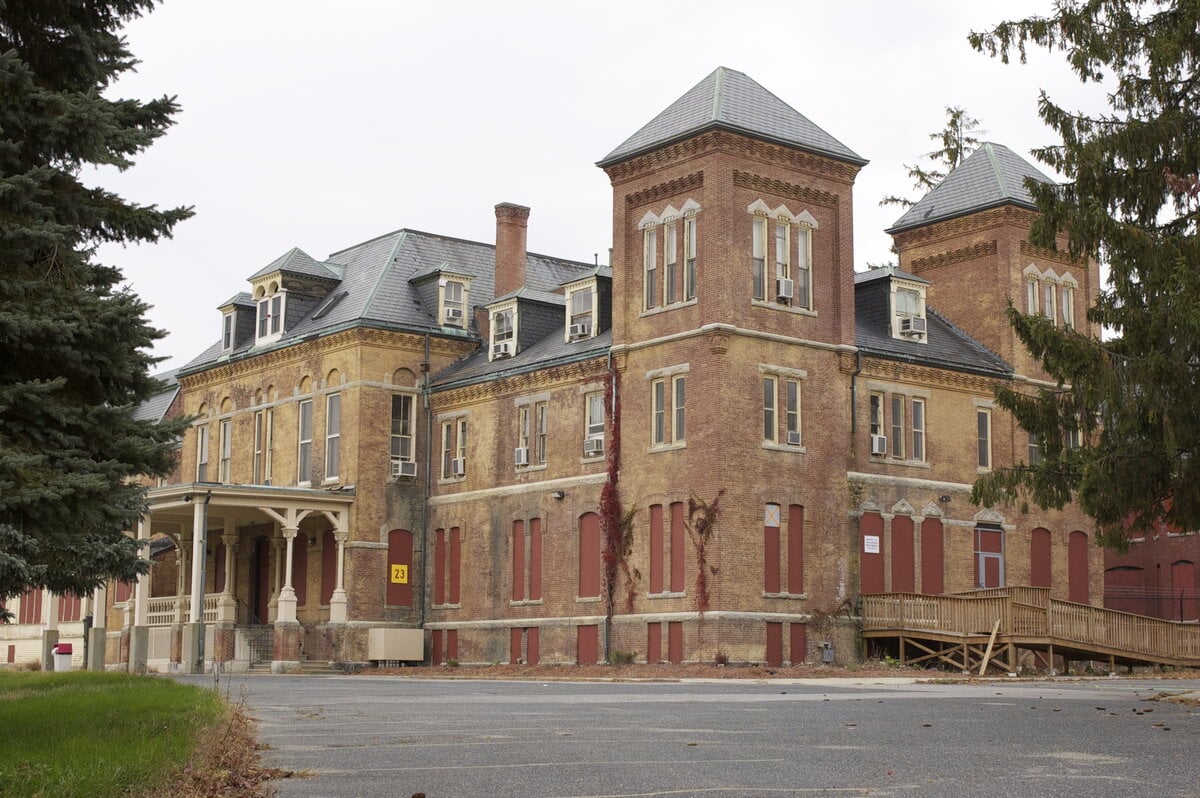
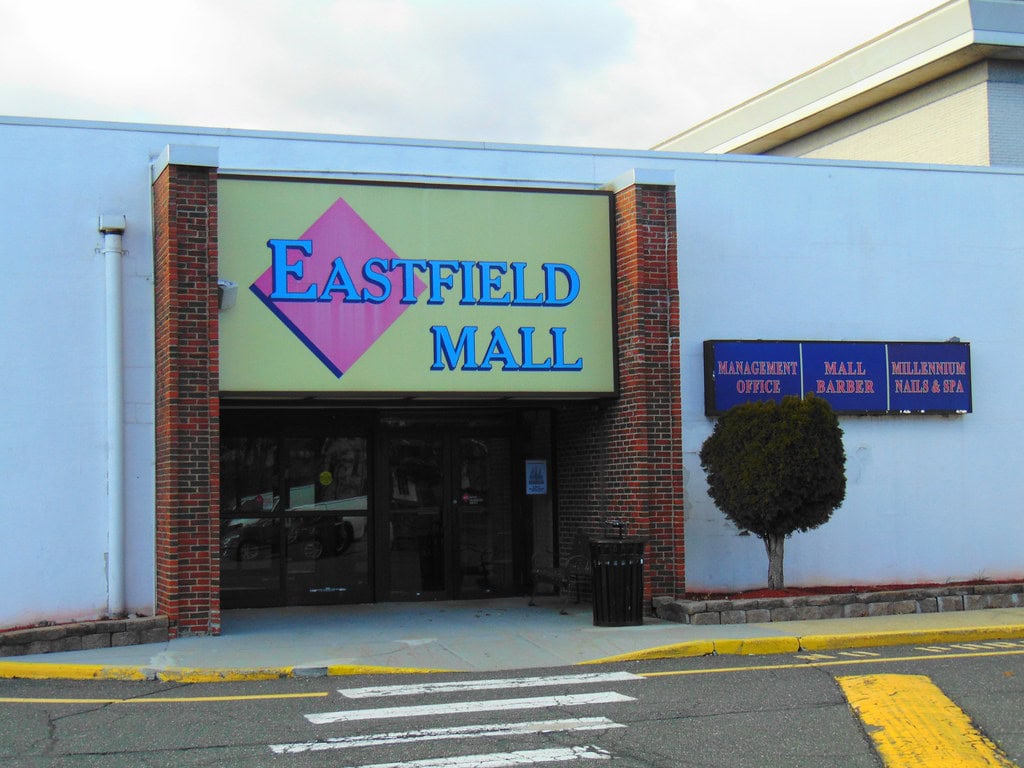
History of the Burlington Mall, from gravel pit to retail haven.
https://burlingtonretro.com/burlington-turns-50/
Thanks for sharing the link! Reading about Burlington Mall's journey is quite fascinating and adds depth to understanding this landmark.